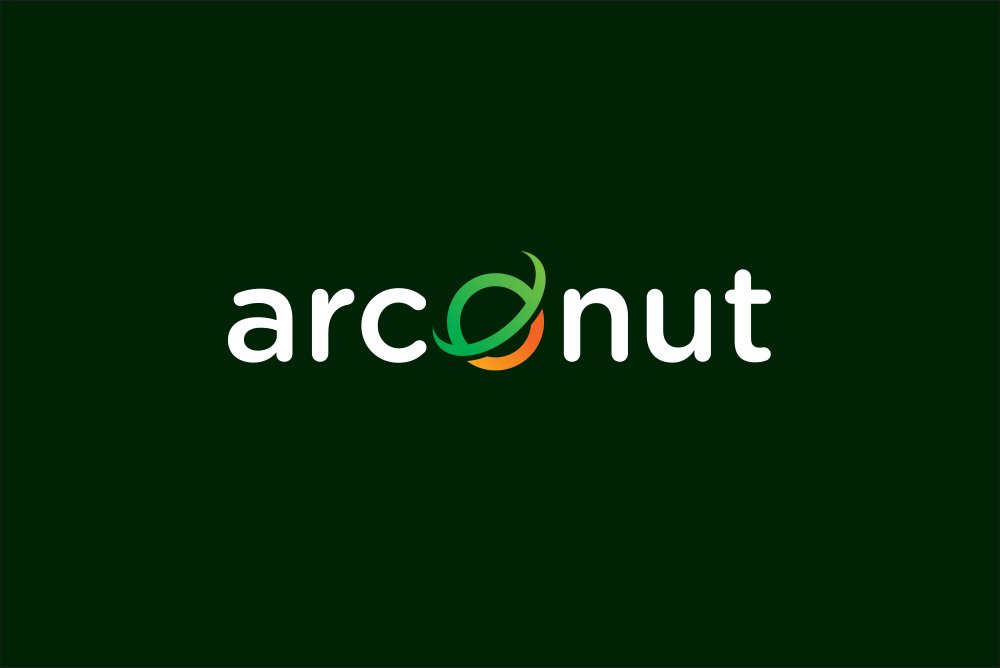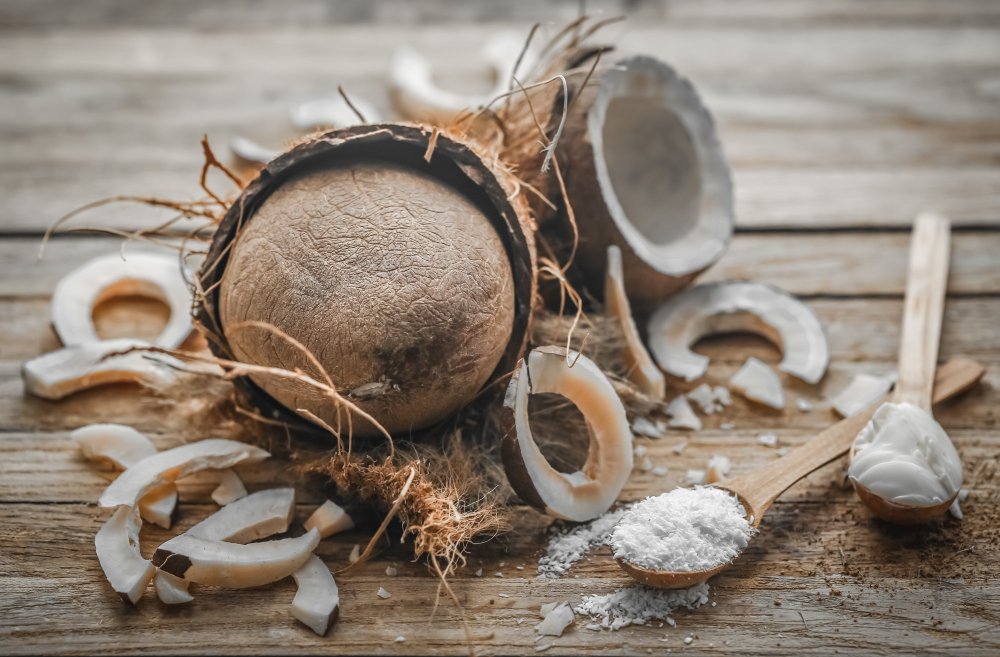The fashion industry is undergoing a radical transformation, driven by a growing awareness of its environmental impact. Consumers are increasingly demanding sustainable and ethically produced clothing, pushing designers and manufacturers to explore innovative alternatives to traditional materials. One such alternative holds immense potential: coconut fiber, or coir. This remarkable natural resource, often discarded as waste, possesses unique properties that make it a compelling contender in the textile and fashion world, offering a pathway towards a more eco-conscious and stylish future.
Unlocking Coconut’s Textile Potential
Coconut coir, the fibrous husk of the coconut, has long been utilized for various applications, from rope-making to horticulture. However, its potential as a textile fiber has only recently begun to be fully explored. Coir boasts exceptional durability and strength, rivaling some synthetic fibers. Its natural resilience makes it ideal for creating long-lasting garments, reducing the need for frequent replacements and minimizing textile waste. Furthermore, coir possesses inherent water-resistant properties, making it suitable for outdoor wear and accessories.
Beyond its strength and durability, coir offers a unique aesthetic. Its naturally rough texture and earthy tones lend themselves to a range of design possibilities, from rustic and bohemian styles to sophisticated and contemporary looks. The fiber’s inherent variations in color and texture add character and individuality to each garment, contrasting starkly with the uniformity often seen in mass-produced clothing. Moreover, coir can be blended with other fibers, such as cotton or silk, to create innovative and versatile fabrics. This versatility opens up a world of creative opportunities for designers.
The sustainability of coir is another key advantage. Coconuts are a widely cultivated crop, and the husk, typically considered agricultural waste, is readily available. Utilizing this readily available resource reduces reliance on resource-intensive synthetic fibers and minimizes environmental pollution associated with their production. The cultivation of coconuts can also support local economies in coconut-producing regions, fostering sustainable livelihoods and reducing reliance on imported materials. This creates a truly circular and ethical supply chain.
Finally, coir is naturally biodegradable, addressing the growing concern of textile waste polluting landfills and oceans. At the end of its life cycle, coir garments decompose naturally, leaving behind minimal environmental impact. This contrasts sharply with synthetic fibers, which often persist in the environment for hundreds of years. This inherent biodegradability makes coir a truly responsible choice for environmentally conscious consumers.
Sustainable Style: A Fiber Revolution
The fashion industry’s significant environmental footprint is undeniable. The production of synthetic fibers, such as polyester and nylon, relies heavily on fossil fuels, contributing to greenhouse gas emissions and pollution. The dyeing and finishing processes often involve harmful chemicals, further impacting water and air quality. Coir offers a compelling alternative, presenting a significantly lower environmental impact throughout its life cycle.
By embracing coir, the fashion industry can significantly reduce its carbon footprint. The production of coir fiber requires significantly less energy and water compared to synthetic alternatives. Furthermore, the use of natural dyes and eco-friendly finishing techniques further minimizes the environmental burden. This transition towards sustainable materials is not just an ethical imperative; it’s also a strategic move to meet the growing demand for eco-conscious products.
The adoption of coir aligns perfectly with the growing consumer preference for sustainable and ethical fashion. Consumers are increasingly aware of the environmental and social consequences of their purchasing decisions, and are actively seeking out brands that prioritize sustainability. By incorporating coir into their collections, fashion brands can attract a new generation of environmentally conscious customers who value both style and sustainability.
The shift towards coir represents more than just a change in material; it’s a paradigm shift in how the fashion industry operates. It signifies a move away from a linear, extractive model towards a circular economy, where resources are utilized efficiently and waste is minimized. This transition requires collaboration across the industry, from farmers and manufacturers to designers and consumers, to create a truly sustainable and resilient fashion system.
From Husk to High Fashion: The Journey
The transformation of coconut husk into a high-fashion textile involves a meticulous process. Initially, the fibrous husk is separated from the coconut shell and cleaned. Then, the coir fibers undergo various processing stages, including retting (a natural decomposition process), cleaning, and drying. These steps ensure the fibers are suitable for spinning into yarn.
The spinning process itself can vary depending on the desired texture and properties of the final fabric. Coir can be spun alone or blended with other fibers to create unique fabrics with varying levels of strength, softness, and drape. The resulting yarns are then woven or knitted into fabrics, which can be used to create a vast array of garments and accessories.
The versatility of coir allows for a wide range of design possibilities. From durable outerwear to lightweight scarves, the fiber’s unique properties can be adapted to meet diverse design requirements. The natural texture of coir can be enhanced through various finishing techniques, adding further depth and complexity to the final product. This adaptability makes coir a highly attractive material for innovative designers.
The journey from husk to high fashion highlights the potential for transforming agricultural waste into valuable resources. This process underscores the circular economy principles of reducing waste, reusing materials, and regenerating resources. The adoption of coir in the fashion industry showcases the potential for sustainable innovation and the creation of high-quality, eco-friendly products.
Weaving a Greener Future with Coir
The integration of coir into the textile and fashion industry represents a significant step towards a more sustainable future. By replacing resource-intensive synthetic fibers with this readily available natural resource, we can significantly reduce the environmental impact of clothing production. This transition is crucial in mitigating climate change and protecting our planet’s resources.
The use of coir promotes ethical and sustainable practices throughout the supply chain. From supporting local farmers to reducing reliance on harmful chemicals, coir offers a more responsible and transparent approach to textile production. This shift towards transparency and ethical sourcing is becoming increasingly important to consumers and brands alike.
The future of fashion is inextricably linked to sustainability. Consumers are increasingly demanding eco-friendly options, and brands are responding by exploring innovative and sustainable materials. Coir presents a compelling solution, offering a unique combination of durability, aesthetics, and environmental responsibility.
By embracing coir, the fashion industry can not only reduce its environmental footprint but also contribute to the economic development of coconut-producing regions. This creates a win-win scenario, promoting both environmental and social sustainability. The integration of coir into the mainstream textile industry represents a significant opportunity to weave a greener future for fashion.
The potential of coconut fiber in the textile and fashion industry is undeniable. Its unique properties, coupled with its sustainability and ethical sourcing, position it as a key player in the shift towards a more responsible and environmentally conscious fashion landscape. By embracing this remarkable natural resource, we can create a future where style and sustainability go hand in hand, paving the way for a greener and more ethical fashion industry.


